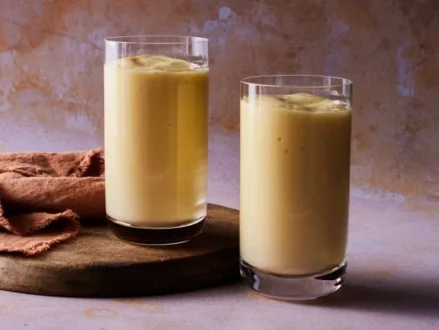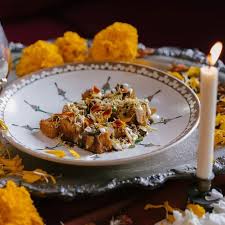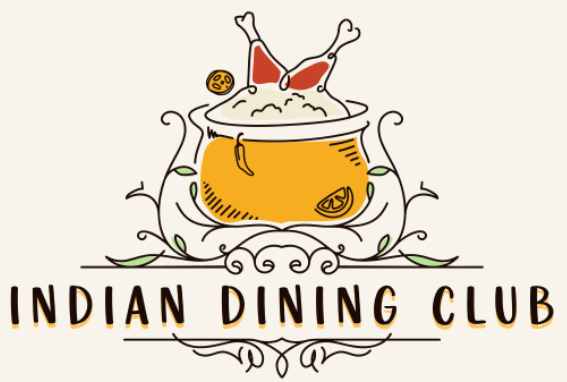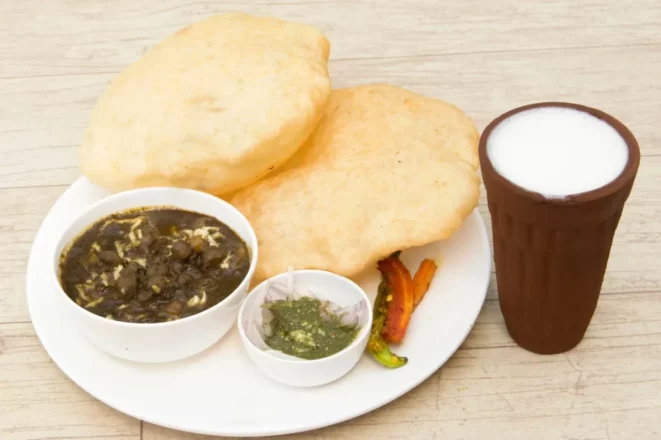Indian food is celebrated for its bold spices, complex flavors, and vibrant textures. To fully enjoy these dishes, the right beverage pairing is essential. In Southeast Asia, where Indian cuisine thrives alongside rich local drink traditions, the fusion of flavors extends to the drinks menu as well. Whether it’s a cup of spiced Indian chai or a cooling Thai iced tea, pairing Indian food with complementary beverages enhances the dining experience and balances the palate.
Classic Indian Pairings: Chai and Lassi

No discussion of Indian food pairings is complete without mentioning chai—India’s famous spiced tea. Brewed with black tea leaves, milk, sugar, and warming spices like cardamom, cinnamon, and ginger, chai is the perfect companion to savory Indian snacks and meals. Its sweet, aromatic profile balances spicy dishes such as samosas, pakoras, and biryanis, helping to soothe the palate while amplifying the meal’s richness.
Another iconic Indian beverage is the mango lassi, a smooth yogurt-based drink flavored with ripe mangoes and sometimes a hint of cardamom or rose water. Lassi’s creamy texture and subtle sweetness offer a refreshing contrast to spicy curries and tandoori dishes, cooling the mouth and aiding digestion. Variations include salted lassi or rose-flavored versions, each adding a unique twist to the classic pairing.
Southeast Asian Drinks That Complement Indian Flavors
Southeast Asia offers its own array of flavorful beverages that pair wonderfully with Indian cuisine. In Thailand, Thai iced tea—made with strong black tea, condensed milk, and sugar—is a popular choice. Its creamy sweetness balances the heat and spices found in Indian dishes, making it a favorite accompaniment at many Indian restaurants.
In Malaysia and Singapore, bandung, a rose-flavored milk drink, provides a floral, sweet contrast to spicy fare. Similarly, lemongrass tea and pandan water, both traditional herbal infusions, offer light, aromatic refreshment that complements the intensity of Indian spices without overpowering them.
For those seeking a cooler, more hydrating option, coconut water is widely enjoyed across Southeast Asia. Its natural sweetness and electrolyte content make it an ideal drink to offset the warmth of Indian spices, providing balance and hydration during a hearty meal.
Creative Fusion: Modern Pairings and Cocktails

Modern chefs and mixologists in Southeast Asia are experimenting with innovative drink pairings that blend Indian and local influences. For example, cocktails infused with Indian spices like cardamom or ginger combine with tropical fruits native to the region, creating unique beverages that enhance Indian dishes in new ways.
Tea bars and cafes often serve spiced chai lattes alongside Thai milk teas, giving diners a chance to explore both traditions. Smoothie bars may offer mango lassi-inspired drinks with a Southeast Asian twist, adding ingredients like durian or jackfruit for an adventurous flavor experience.
In conclusion, pairing Indian food with local Southeast Asian drinks creates a delightful harmony of flavors. Whether you stick to traditional chai and lassi or venture into Thai iced teas and herbal infusions, these beverages bring out the best in Indian cuisine while celebrating the region’s diverse drink culture.

